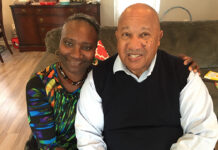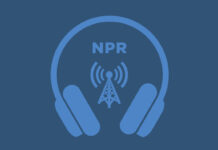By Dan Hart
On August 10, the Center Square reported that 96% of school districts (534 out of 554) in Illinois have opted out of the state’s proposed standards for sex education in public schools included in a bill authored, passed, and signed into law by Democrats, despite the fact that Illinois is considered one of the “big three” most liberal states in the nation.
In May 2021, Illinois Democratic lawmakers passed a bill that aligned the state standards with the “National Sex Education Standards” (NSES). The NSES were authored in part by the Sexuality Information and Education Council of the U.S. (SIECUS), which brands itself as “Sed Ed for Social Change” and “commits to working to dismantle the systems of power and oppression which perpetuate disparate sexual and reproductive health outcomes…”
The NSES’s contributors and reviewers include individuals from far-left special interest groups like Planned Parenthood (the nation’s number one abortion supplier) and the Southern Poverty Law Center, and is endorsed by groups that push highly controversial ideas about transgenderism, including Gender Spectrum, the Gay, Lesbian & Straight Education Network (GLSEN), and the Human Rights Campaign, among others.
The NSES state that kindergarten, first, and second graders should be able to “define gender identity” and how “gender-role stereotypes may limit behavior,” among other contentious goals.
The standards further stipulate that third, fourth, and fifth graders should be able to describe “the potential role of hormone blockers on young people who identify as transgender,” “Distinguish between sex assigned at birth and gender identity and explain how they may or may not differ,” “Define and explain differences between cisgender, transgender, gender nonbinary, gender expansive, and gender identity,” “Explain that gender expression and gender identity exist along a spectrum,” “Define sexual orientation,” and more.

















